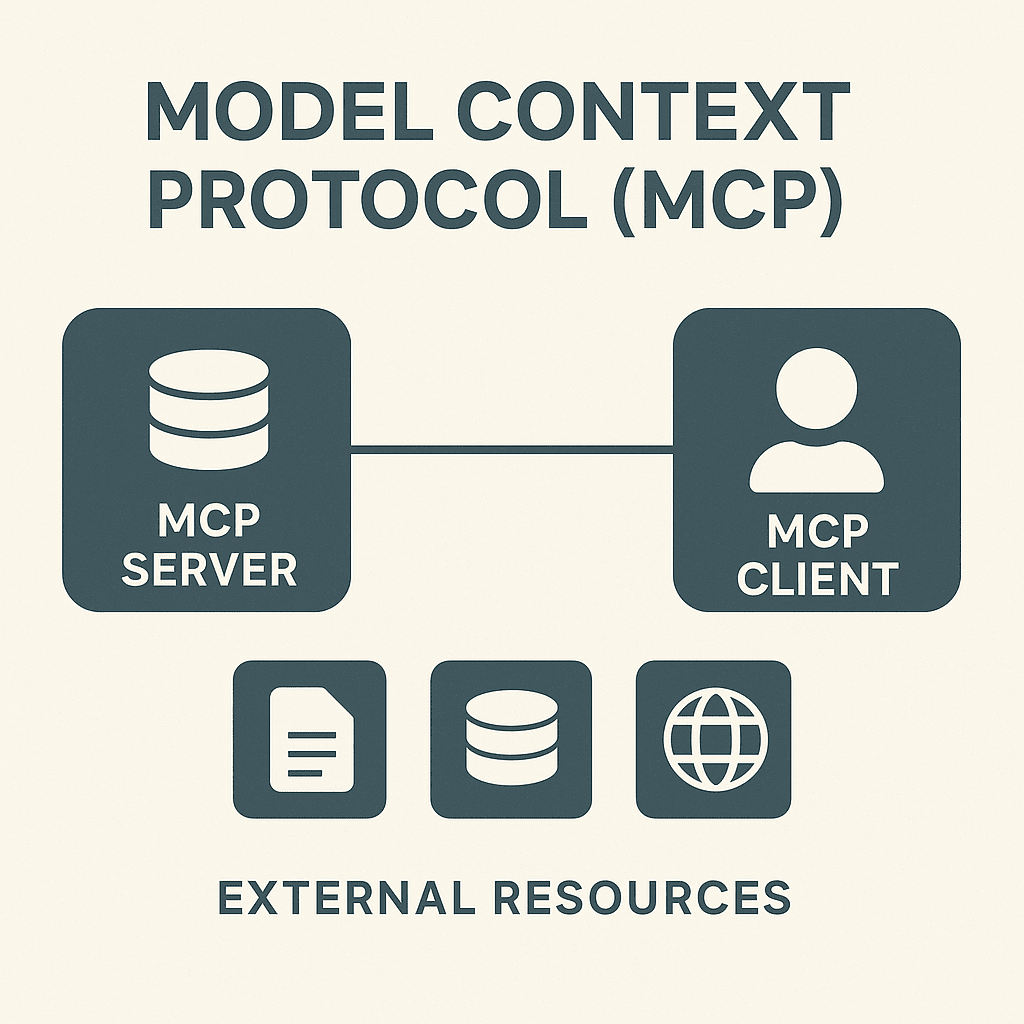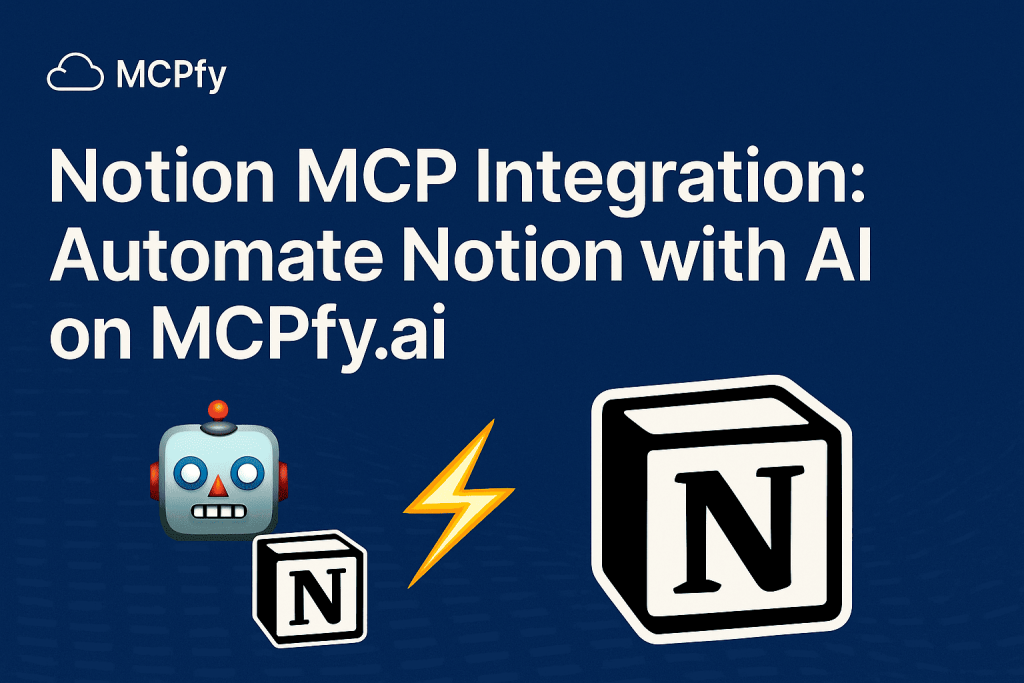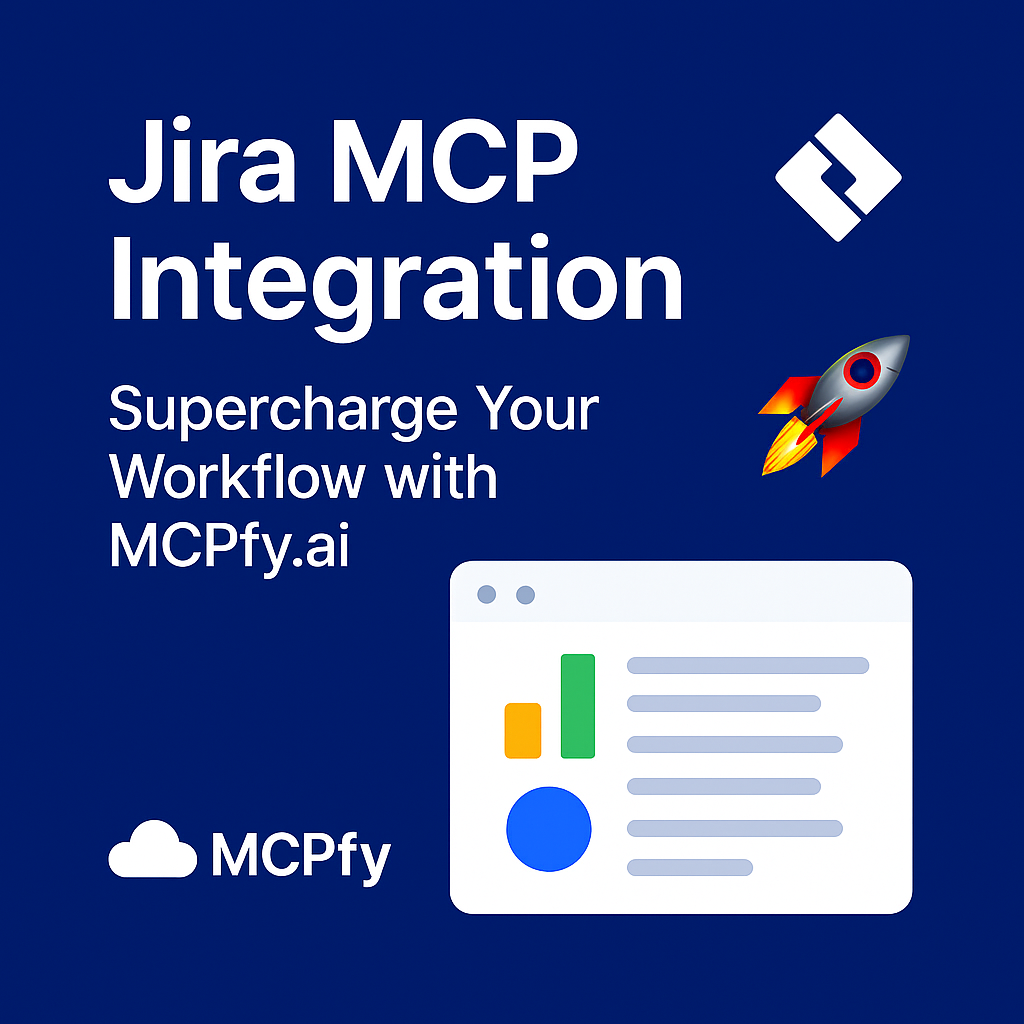The world of AI is evolving fast, and context handling is at the center of it all. If you’ve ever wished large language models (LLMs) could easily “remember” external information across sessions or services, you’re going to love what’s coming.
Meet MCP, the Model Context Protocol — a new standard created by Anthropic and others to help AI models like Claude access external context more seamlessly. In this guide, we’ll break down everything you need to know about MCP, how to setup MCP, and how it impacts Claude MCP integrations.

✨ What is MCP (Model Context Protocol)?
MCP stands for Model Context Protocol — an open, simple, and powerful standard that allows AI models to fetch external context dynamically.
Instead of forcing users to cram everything into a prompt, MCP enables AI models like Claude to pull additional information from external sources securely and on demand.
Think of MCP as giving your AI model a superpower:
🔹 Search memory banks,
🔹 Access private databases,
🔹 Pull updated customer records,
🔹 Retrieve long documents…
…without bloating the prompt.
This makes interactions faster, cheaper, and way more scalable!
🚀 Why You Should Care About MCP
Today’s AI models are limited by context windows — they can only “see” a certain amount of text at a time. MCP solves this by allowing:
- Extended memory: AI can access more data without needing it all upfront.
- Dynamic updates: AI sees the latest data at the time of generation.
- Privacy and control: You decide what the AI can access.
For developers and businesses, setting up MCP unlocks personalized, up-to-date, and enterprise-grade AI applications — without hallucinations or stale responses.
🛠️ How MCP Works (High-Level)
Here’s a super simple flow:
- Model (e.g., Claude) generates a context request.
- MCP Server receives the request and fetches relevant context.
- Server returns the context securely.
- Model uses the context to enhance its response.
All of this happens behind the scenes during a chat or API call.
You can read the full technical breakdown in the MCP 2025 specification, but honestly, it’s simpler to start experimenting yourself.
⚡ How to Setup MCP (Step-by-Step)
Wondering how to setup MCP for your application or service? Follow these steps:
- Deploy an MCP Server
Set up a simple HTTP server that follows the MCP spec. Anthropic provides examples on GitHub. - Define Context Sources
Decide what external data the server will offer (e.g., documents, FAQs, customer profiles). - Secure Your Server
Use authentication (e.g., OAuth) to control who can access what context. - Configure Your Model (like Claude) to Call MCP
Claude will be able to send context requests to your MCP server. No more cramming entire knowledge bases into prompts! - Test and Optimize
Try sample context requests and tweak your server’s logic for best results.
💡 Tip: You don’t need a massive setup. Even a lightweight MCP server on a small cloud VM can work beautifully for MVPs and early experiments.
🤖 What is Claude MCP?
Claude MCP refers to Claude models integrated with MCP support.
This means Claude can call your MCP server during conversations to pull additional context in real-time.
Anthropic’s announcement made it clear that Claude with MCP is designed for:
- Enterprise users who want smarter assistants.
- Developers who want models that “know” more without retraining.
- Teams building LLMs with external private knowledge.
In short: if you setup MCP, Claude can talk to your data, understand your workflows, and deliver much smarter outputs.
🌟 Real-World Use Cases for MCP
MCP is already unlocking next-gen AI experiences like:
- AI Customer Support
Fetch latest ticket details during a support chat. - Enterprise Knowledge Bots
Pull private internal wikis dynamically without uploading them. - Personalized AI Tutors
Fetch student history and learning goals mid-conversation. - Healthcare AI Assistants
Retrieve patient summaries securely for doctors on call.
🏗️ Where to Learn More and Get Started
If you’re excited to jump into Model Context Protocol development, here’s where you should start:
- 🌐 Official Site: modelcontextprotocol.io
- 💻 GitHub Repository: Model Context Protocol
- 📰 Anthropic’s Announcement
👉 Pro Tip: Follow the GitHub repo — the spec is still evolving and new capabilities are being added regularly.
🔥 Final Thoughts: The Future is Context-Rich
MCP is the future of context handling in AI.
Instead of seeing AI as a “static text processor,” Model Context Protocol transforms it into a dynamic knowledge explorer.
If you’re building with Claude or any modern LLM, setting up MCP will make your applications smarter, faster, and infinitely more scalable.
Don’t just build AI apps. Build context-aware AI apps. Start your journey with MCP today with MCPfy.ai 🚀


